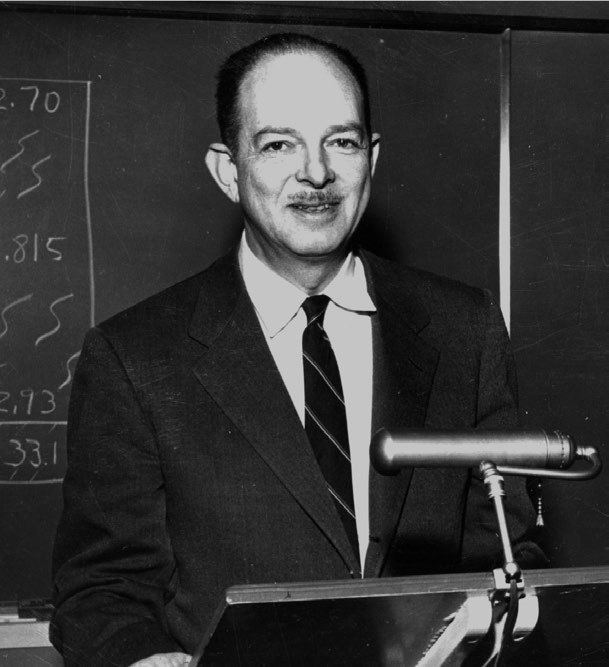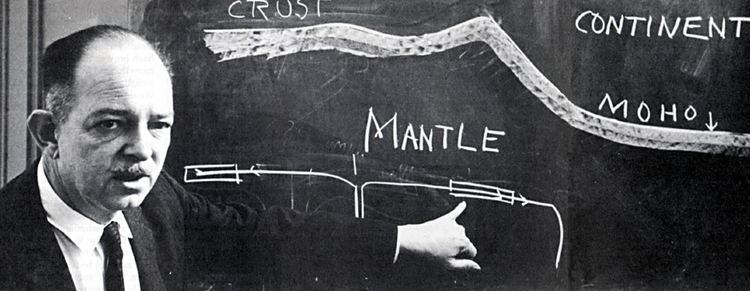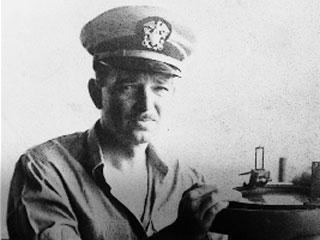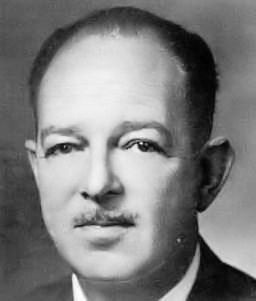Nationality United States Name Harry Hess | Awards Penrose Medal | |
 | ||
Doctoral students John Tuzo WilsonRonald Oxburgh Influenced by Felix Andries Vening Meinesz Books Stillwater Igneous Complex, Montana: A Quantitative Mineralogical Study Similar People | ||
Notable students John Tuzo Wilson Died August 25, 1969 (aged 63) Woods Hole, Massachusetts United States Born May 24, 1906 (age 63), New York City, New York, United States | ||
52) Plate Tectonics 2 - Seafloor Spreading
Harry Hammond Hess (May 24, 1906 – August 25, 1969) was a geologist and a United States Navy officer in World War II.
Contents
- 52 Plate Tectonics 2 Seafloor Spreading
- Teaching career
- The Navy Princeton gravity expedition to the West Indies in 1932
- Military and war career
- Scientific Discoveries
- Death
- The Harry H Hess Medal
- Past recipients
- Selected publications
- References
Considered one of the "founding fathers" of the unifying theory of plate tectonics, rear admiral Harry Hammond Hess was born on May 24, 1906 in New York City. He is best known for his theories on sea floor spreading, specifically work on relationships between island arcs, seafloor gravity anomalies, and serpentinized peridotite, suggesting that the convection of the Earth's mantle was the driving force behind this process. This work provided a conceptual base for the development of the theory of plate tectonics.

Teaching career

Harry Hess taught for one year (1932–1933) at Rutgers University in New Jersey and spent a year as a research associate at the Geophysical Laboratory of Washington, D. C., before joining the faculty of Princeton University in 1934. Hess remained at Princeton for the rest of his career and served as Geology Department Chairman from 1950 to 1966. He was a visiting professor at the University of Cape Town, South Africa (1949–1950), and the University of Cambridge, England (1965).
The Navy-Princeton gravity expedition to the West Indies in 1932

Hess accompanied Dr. Felix Vening Meinesz of Utrecht University on board the US Navy submarine USS S-48 to assist with the second U.S. expedition to obtain gravity measurements at sea. The expedition used a gravimeter, or gravity meter, designed by Meinesz. The submarine traveled a route from Guantanamo, Cuba to Key West, Florida and return to Guantanamo through the Bahamas and Turks and Caicos region from 5 February through 25 March 1932. The description of operations and results of the expedition were published by the U.S. Navy Hydrographic Office in The Navy-Princeton gravity expedition to the West Indies in 1932.
Military and war career
Hess joined the United States Navy during World War II, becoming captain of the USS Cape Johnson, an attack transport ship equipped with a new technology: sonar. This command would later prove to be key in Hess's development of his theory of sea floor spreading. Hess carefully tracked his travel routes to Pacific Ocean landings on the Marianas, Philippines, and Iwo Jima, continuously using his ship's echo sounder. This unplanned wartime scientific surveying enabled Hess to collect ocean floor profiles across the North Pacific Ocean, resulting in the discovery of flat-topped submarine volcanoes, which he termed guyots, after the nineteenth century geographer Arnold Henry Guyot. After the war, he remained in the Naval Reserve, rising to the rank of rear admiral.
Scientific Discoveries
In 1950, Hess made his single most important contribution, which is regarded as part of the major advance in geologic science of the 20th century. In a widely circulated report to the Office of Naval Research, he advanced the theory, now generally accepted, that the Earth's crust moved laterally away from long, volcanically active oceanic ridges. He only understood his ocean floor profiles across the North Pacific Ocean after Marie Tharp and Bruce Heezen (1953, Lamont Group) discovered the Great Global Rift, running along the Mid-Atlantic Ridge. Seafloor spreading, as the process was later named, helped establish Alfred Wegener's earlier (but generally dismissed at the time) concept of continental drift as scientifically respectable. This triggered a revolution in the earth sciences. Hess's report was formally published in his History of Ocean Basins (1962), which for a time was the single most referenced work in solid-earth geophysics. Hess was also involved in many other scientific endeavours, including the Mohole project (1957–1966), an investigation onto the feasibility and techniques of deep sea drilling.
Death
Hess died from a heart attack in Woods Hole, Massachusetts, on August 25, 1969, while chairing a meeting of the Space Science Board of the National Academy of Sciences. He was buried in the Arlington National Cemetery and was posthumously awarded the National Aeronautics and Space Administration's Distinguished Public Service Award.
The Harry H. Hess Medal
The American Geophysical Union established the Harry H. Hess medal in his memory in 1984 to "honor outstanding achievements in research of the constitution and evolution of Earth and sister planets."
